Let’s talk about planning your homeschool year!
First, it’s important to find the right balance. Both under planning and overplanning can cause homeschooling to be less effective and more stressful.
Decide on your homeschool philosophy, curriculum, schedule, and if you want, a specific focus for the year. Each of these elements affects your overall homeschool plan, and understanding your homeschool goals ahead of time makes planning simpler.
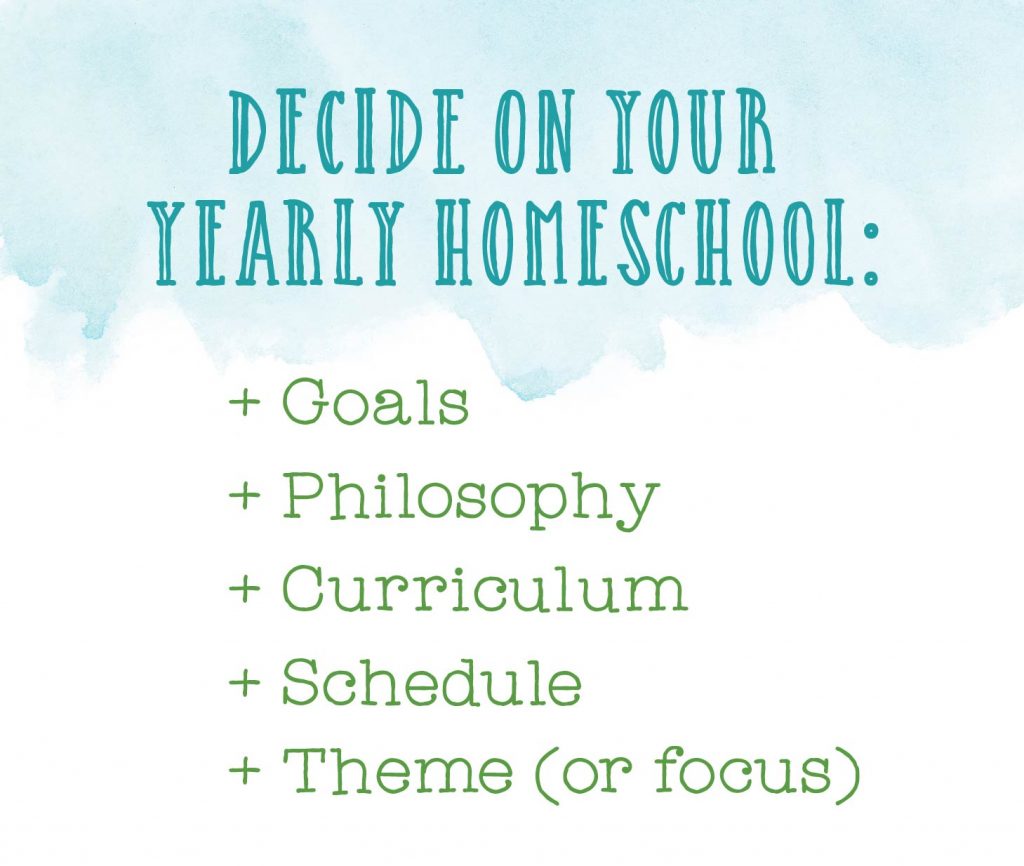
How to Plan a Homeschool Year
We are here to help! Here’s a list of our top 7 questions to think about as you begin planning your homeschool year. Read this post in its entirety, or click on one of these questions to jump to a specific answer.
1. How do I set goals for the school year?
When initially planning your homeschool year, consider making goals for your family and with your children individually. Keep the goals few and simple, as too many complicated goals can be ineffective. Break yearly goals into monthly goals and even into smaller time frames if necessary.
First: Sit down with each child individually to discuss the goals or accomplishments he or she would like to achieve.
Second: Make a brief list of goals for your family’s homeschool year.
Third: Review these goals with your children after each term. Discuss what worked and what didn’t, and make any needed adjustments.
Be sure to download our free homeschool goal-setting pages below, which offer additional tips about setting and tracking goals.

2. Which homeschool philosophy should I use?
How do you decide whether to implement a Charlotte Mason, classical, or unschooling homeschool approach? It’s up to you! Your family can use a single philosophy, a combination, or even no certain philosophy at all.
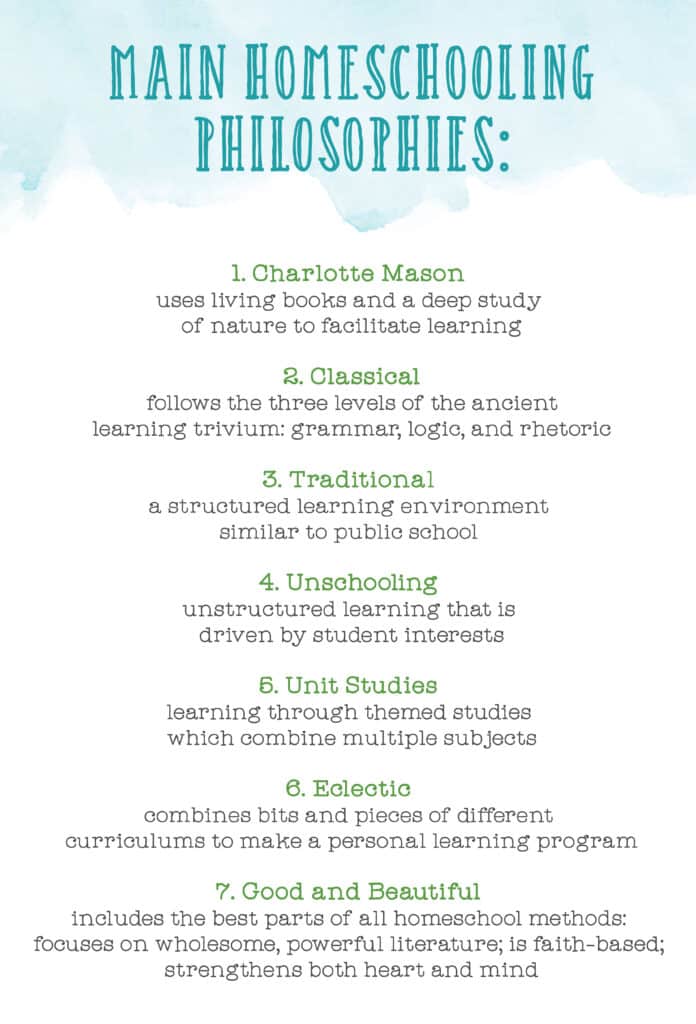
The Good and the Beautiful approach focuses on wholesome, powerful literature and art; is faith-based; is academically strong but not overly rigorous; and strengthens both the heart and the mind. Learn more about how we incorporate Charlotte Mason-inspired methods into our curriculum at this link.
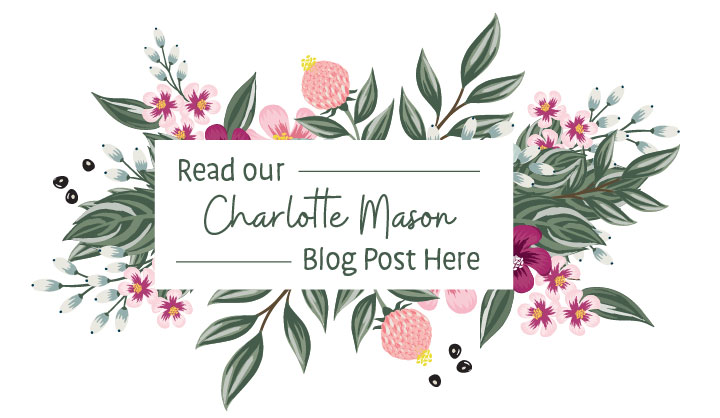
Don’t feel as if you need to follow a specific philosophy exactly. Every child and family is different. Sticking strictly to one certain method of doing things may cause stress and block inspiration from God.
Whatever approach you choose, we recommend avoiding extremes. Look for a healthy balance of structure and rigor as well as exploration and creativity.
3. How do I choose my curriculum?
The resources you choose are key to your homeschool planning success. Here are tips to consider when choosing homeschool curriculum.
- Look for a curriculum that is truly open and go like The Good and the Beautiful. Teaching AND lesson planning leaves little to no time for your emotional, social, and spiritual needs. Running low on these essential elements makes it hard to be a good teacher.
- In curriculum choices, we recommend you find a good balance between strong academics, fun, and creativity.
- Remember, you don’t have to follow any curriculum exactly. Always feel free to skip or modify content. If you are brand-new to homeschooling and don’t know how to modify lessons, just follow the lessons as they are laid out. Eventually, you will start to see when you might need to modify them.

4. When should I take breaks during the school year?
Public schools are usually in session for 36 weeks a year. Homeschooling, however, can be so much more effective at packing in learning in a shorter amount of time.
We suggest homeschooling for about 30 weeks during a year, unless your state has specific requirements. Find more about your state’s homeschooling laws here.
The Good and the Beautiful core subjects of math and language arts are each 120 lessons long. If you complete a single lesson 4 days a week, you’ll finish in 30 weeks.
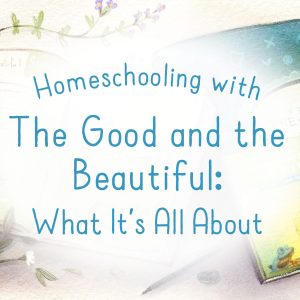
Consider these tips for taking breaks:
- It’s nice to leave some homeschool breaks unscheduled. Burnout and unexpected plans do happen! Consider family health issues, home remodels, and a wide variety of other situations that may pop up.
- Some people like to follow or loosely follow the local school schedule so children’s breaks match the breaks of other children in their area, including family and friends.
- On the other hand, some families like to take time off from homeschooling when everyone else is in school to beat the crowds for outings and vacations.
5. How do I plan a daily and weekly schedule?
What about your daily and weekly schedules? We believe every homeschool needs a proper balance of structure. Children thrive on routine and structure, and teaching your children to have structure, purpose, and routine in their lives can be a great blessing.
WHAT the structure looks like, however, varies greatly per family. It might even vary in your own family quite a bit from year to year. See our videos “How to Organize a Homeschool Day” and “Sample Homeschool Schedules” below for great information on this subject.

6. Should I plan a theme or focus for the school year?
Some homeschool families make a mission statement or have a theme for each homeschool year. Your theme can be based on a Bible verse, quote, or character trait. Planning a theme or focus for the school year can be great IF you keep it simple rather than something that makes homeschooling less joyful and more complicated.
However, you don’t need to work hard to create a character-building theme if your curriculum already provides it! A curriculum rich in strong moral values and quality literature helps children learn so many beautiful and powerful ideas just from their lessons each day.

7. Do I need a homeschool planner?
Some people like using a planner and some don’t. It’s up to you!
Many people who use The Good and the Beautiful curriculum do not use a planner or have a simple one to track state requirements. The Good and the Beautiful curriculum is open and go, with exactly the right number of lessons for a school year. There is little need to make complex plans in order to have a rich homeschool experience when using our curriculum.
If you do use a full-year planner, here are some tips:
- Don’t schedule too far out—life almost always alters your well-laid plans. It is good to have a general idea of what you want to cover during the year. But we highly suggest not planning out exactly which lessons you are going to teach on which days or weeks for the whole year.
- Use pencils or erasable pens. Your plans will change, and being able to erase keeps your planner looking cleaner.
- Don’t let a planner be the master of your homeschool—let your children’s needs direct the plans. If your child wants to do another lesson in math, you should feel like you can. However, if your child needs to slow down, your planning should be flexible enough for that too.
Even if you DON’T use a dedicated homeschool planner, you can still do some types of simple planning. For example, create a schedule you follow each week and simply modify it each day as needed. Learn more about scheduling in the “Sample Homeschool Schedules” blog post and video.
We hope this information is helpful! It’s exciting to think of each one of you getting ready for your own unique homeschool year.

And just a little more advice from our founder, Jenny Phillips:
* Don’t forget to ask for God’s guidance often. *
* No matter how you plan your school year, make sure it includes lots of rich, uplifting literature. That is one of the greatest and easiest ways to strengthen the heart and mind. *
You may also like . . .


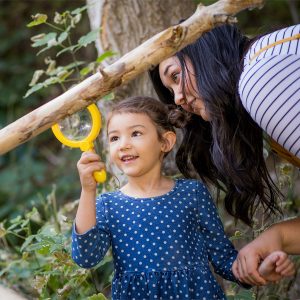


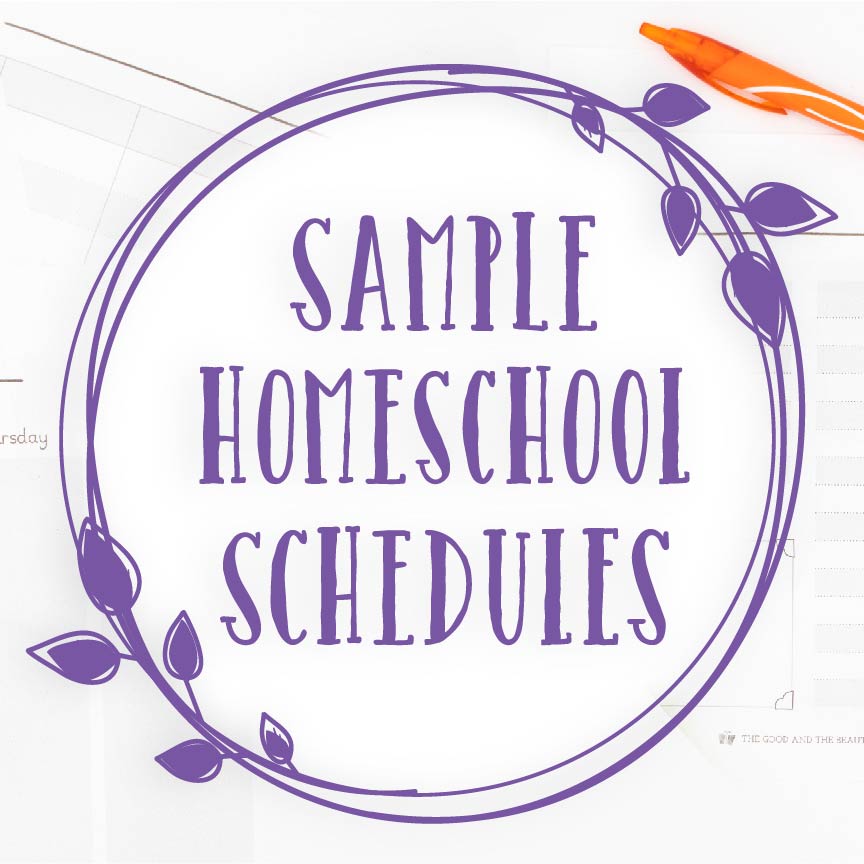
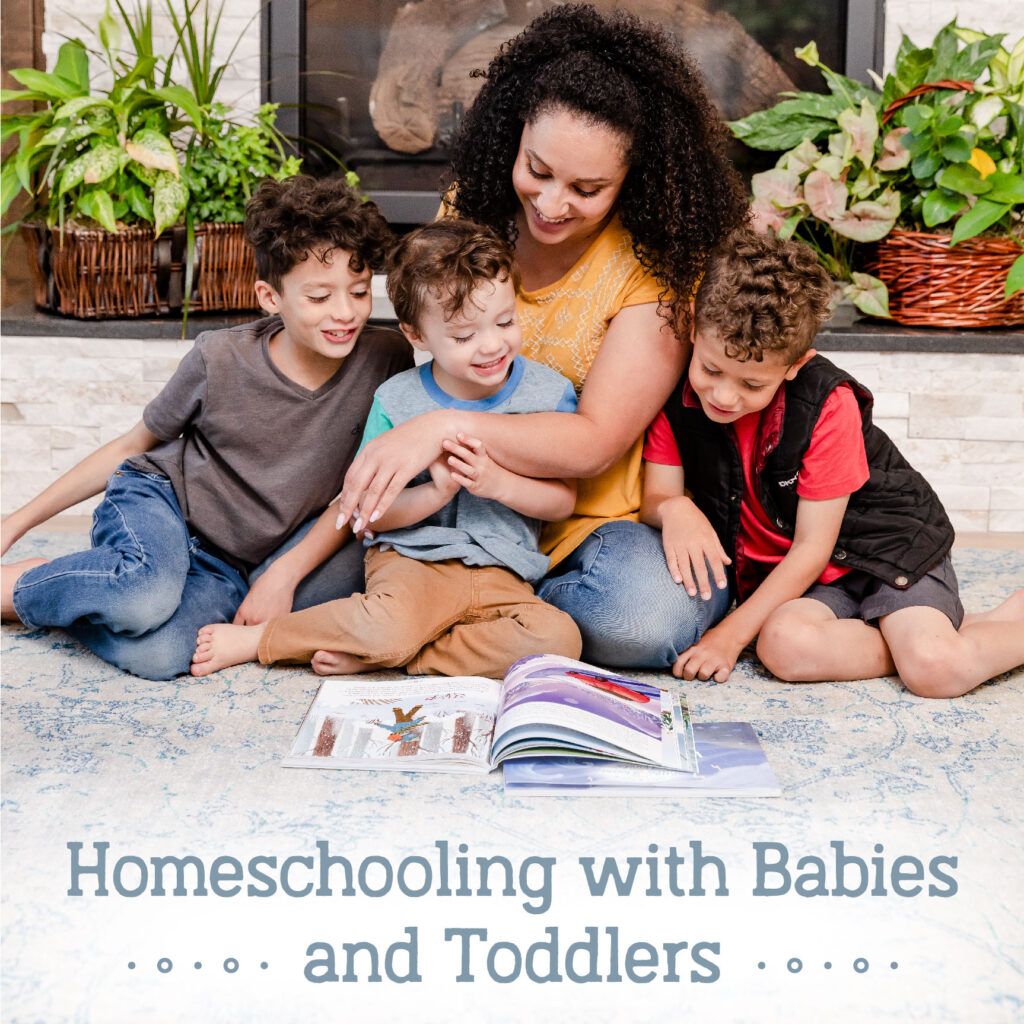
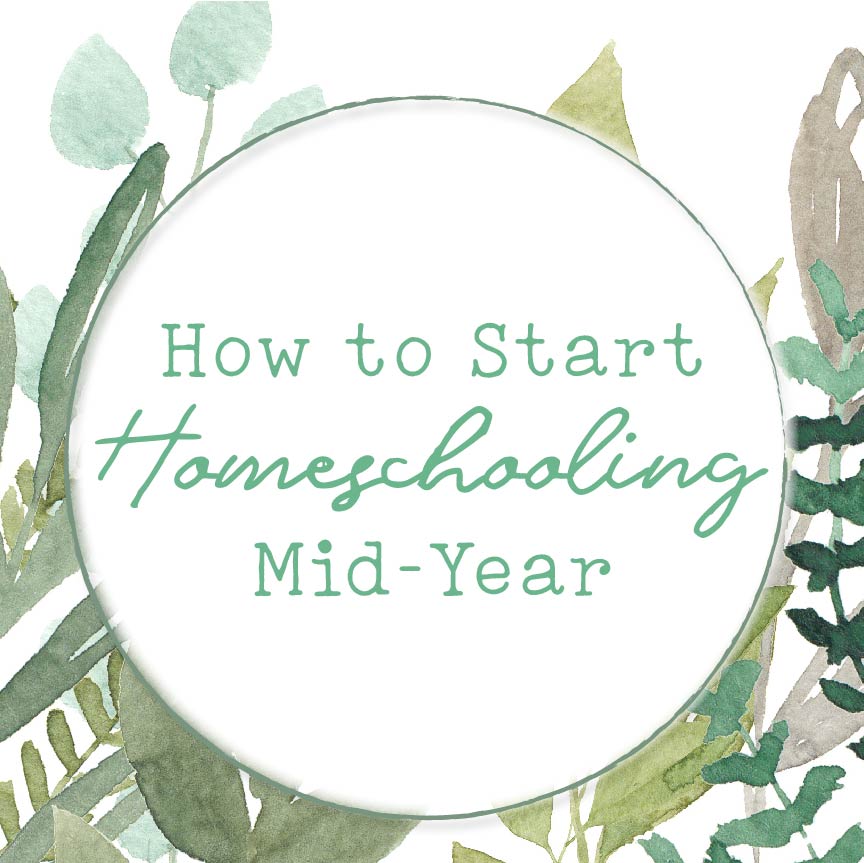


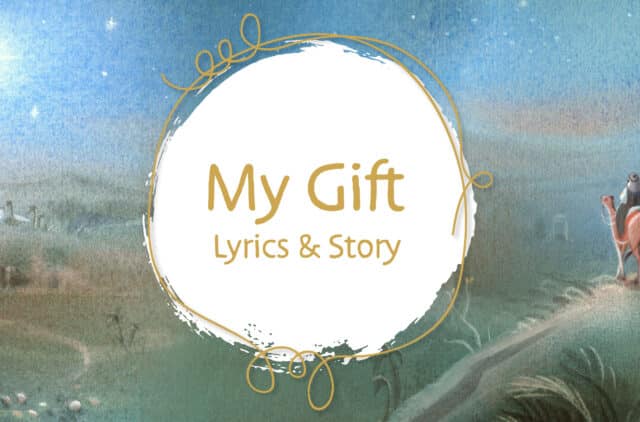
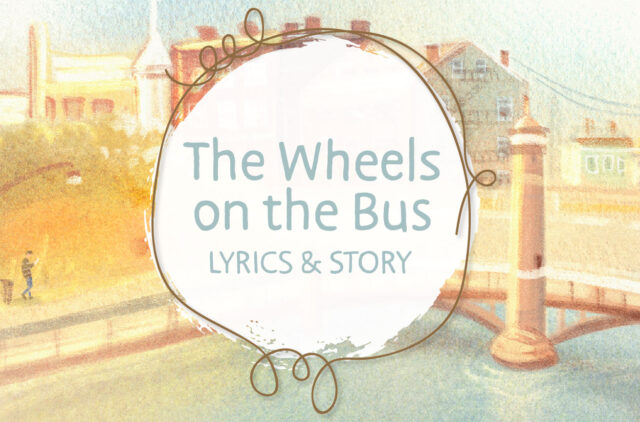
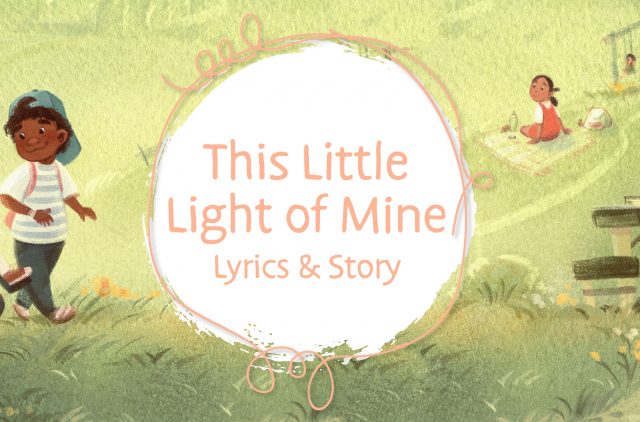
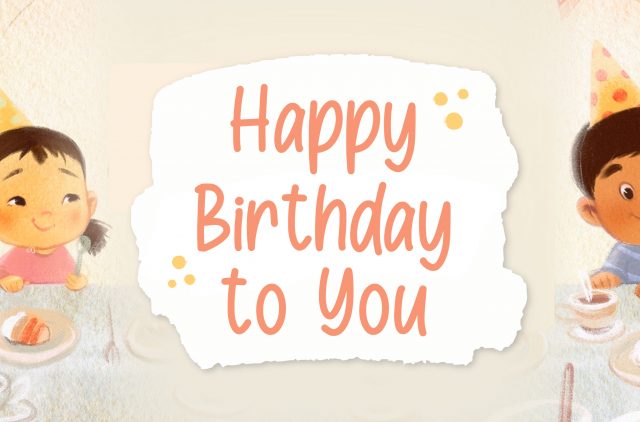
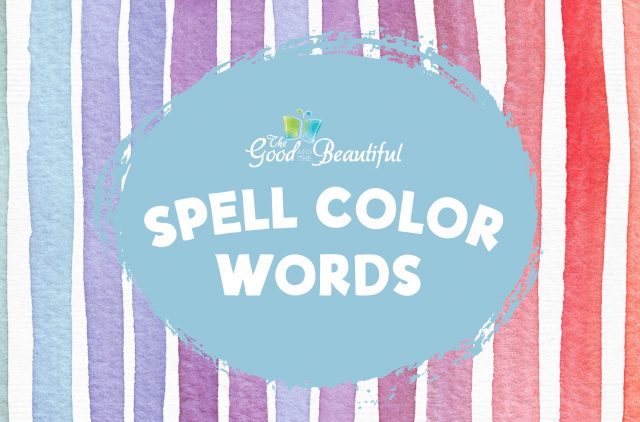
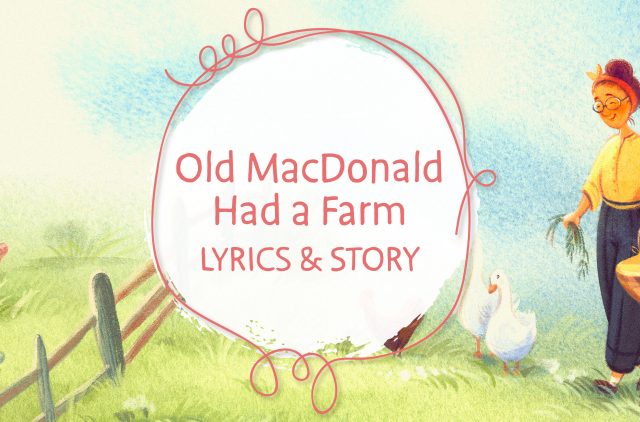

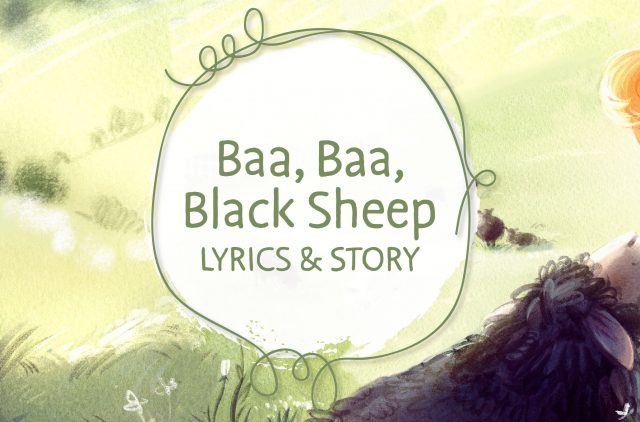
Comments
What about highschool
Hi Candyce! High school students can use our Language Arts and History courses. We have Math through Math 6. Our Science courses are designed for students in grades 3-8. Before choosing any of our courses, we recommend administering the Placement Test for Language Arts and Math to determine the correct level. Children ages 14+ who do not need remedial help in reading can start our High School courses. You can find our interactive Getting Started Guide on our website. https://www.goodandbeautiful.com/shopping/
What age is a good start? My little one is about to be 2 and I wasn’t sure when public school even starts.
Hi Melissa! Our curriculum begins with Preschool, which is geared for ages 3-5. Most public schools start preschool at age 3. We have a kids YouTube channel that would be perfect for you and your child. It includes number and color songs, baby animal videos, and read alouds. We hope you enjoy it! https://www.youtube.com/@TheGoodandtheBeautifulKids/playlists
Is it too late to get the course or to put my kid into homeschool for 9th grade high schooler ?
Hi Sandra! No, it is never too late to start! Before deciding on a level, we recommend that you administer the Placement Tests. You can find them on our website. https://www.goodandbeautiful.com/placement-tests/ We also have an interactive Getting Starting Guide on our website. https://www.goodandbeautiful.com/shopping/ If you have further questions once you’ve reviewed those pages, our support team is happy to chat with you via email at [email protected].
What if my child places in different grades for math and ELAR on your placement test? Can I use both grades or do I have to stick to one grade?
Hi April! You do not need to place your child in the same grade/level for both subjects. You should place the child in the level that he or she last passed, and that could be different for each subject. Many children are in different levels for different subjects.
I love planning, and certainly needed some help sorting my thoughts. I am thankful for this!